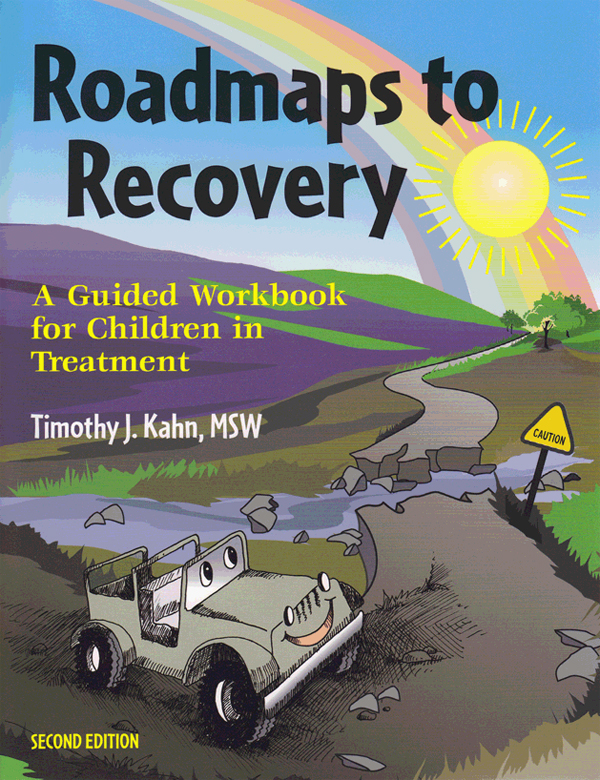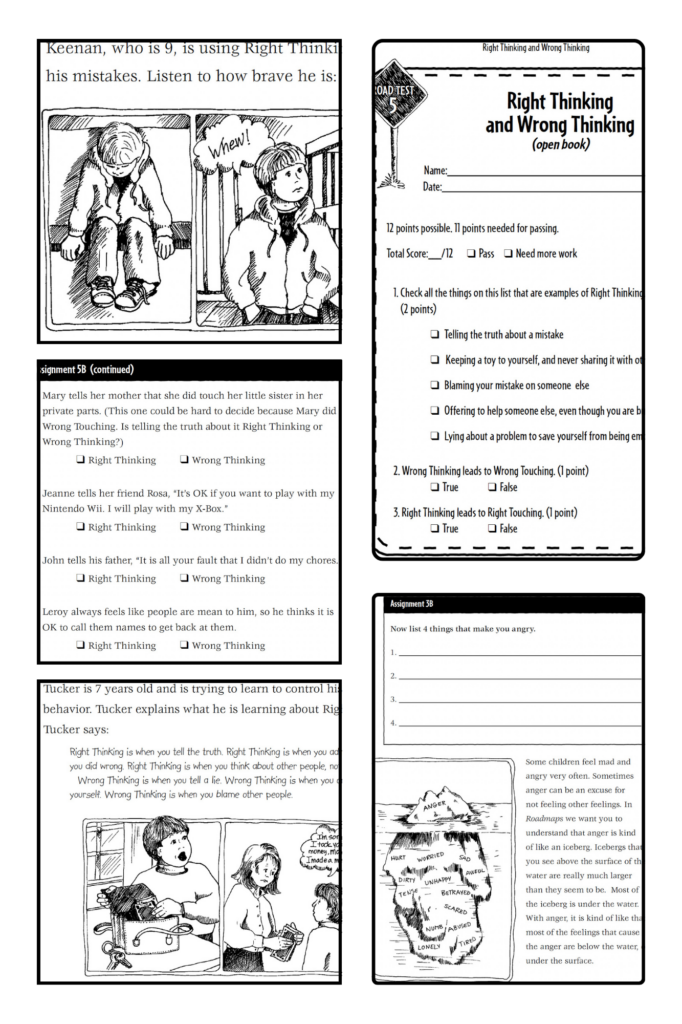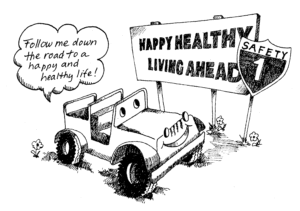Home / Shop / For Youthful Clients / Workbooks for Youthful Clients
Roadmaps to Recovery

- Description
- Specifications
Roadmaps to Recovery
A Guided Workbook for Children in Treatment
by Timothy J. Kahn, M.S.W.
Roadmaps to Recovery: A Guided Workbook for Children in Treatment is a carefully designed therapeutic workbook aimed at helping children aged 6-10 who have exhibited sexual behavior problems. The goal of the workbook is to support therapists in their treatment efforts, emphasizing the development of healthy skills and resilience in their young clients.
Structure of the Workbook
Roadmaps to Recovery guides children through understanding and then changing problematic sexual behaviors, with a focus on trauma-focused cognitive behavioral therapy (TF-CBT) techniques. The workbook includes chapters that address different aspects of behavior and emotional regulation, such as understanding feelings, distinguishing between right and wrong touching, and finally, the development of a Safety Plan.
Key Chapters and Concepts
- Start Your Engines: This introductory chapter emphasizes the importance of controlling one's body, thoughts, and feelings to prevent future problems. It sets the stage for the child's journey towards recovery, encouraging them to take an active role in their treatment.
- What Is a Touching Problem? And Right vs. Wrong Touching: These chapters define appropriate and inappropriate touching behaviors, highlighting the consequences of wrong touching and the benefits of right touching, and encouraging children to identify and discuss their feelings related to these various types of touching behaviors. The focus is on helping children understand that sexual behavior problems can include touching one's own private parts in public, talking excessively about private parts, and other inappropriate behaviors. Many real-life examples are provided.
- Right Thinking and Wrong Thinking: This chapter explains several cognitive distortions (or “wrong thinking”) and encourages children to adopt positive self-talk and truthful thinking. It emphasizes the importance of taking responsibility for one's actions and admitting mistakes.
- Developing a Safety Plan: This final chapter guides the child through the process of building a personalized safety plan to prevent future inappropriate behaviors and involving trusted adults in the process. The Safety Plan is a critical tool to help clients maintain healthy boundaries and avoid dangerous situations.
Therapeutic Approach
The workbook integrates evidence-based interventions and emphasizes the development of resilience and adaptive skills for healthy relationships. Activities, assignments, and tests are included at the end of each chapter to reinforce learning and provide opportunities for rewards and recognition.
Support for Counselors and Parents
 The workbook provides notes and guidance for counselors on how to effectively use the material with children, including strategies for involving parents in the treatment process. It emphasizes the importance of creating a supportive environment where children feel safe to discuss their feelings and experiences.
The workbook provides notes and guidance for counselors on how to effectively use the material with children, including strategies for involving parents in the treatment process. It emphasizes the importance of creating a supportive environment where children feel safe to discuss their feelings and experiences.
The workbook also provides guidance for therapists on how to adapt the material to the individual child's needs, reading level, and stage of treatment. This flexibility makes the workbook a valuable resource for therapists working with children of varying abilities and backgrounds.
Unique Components of the Workbook
Interactive Exercises and Assignments: The workbook includes interactive exercises and assignments to help children learn and apply the concepts presented. These activities make the learning process engaging and accessible for young children.
 Incorporates components of trauma-focused cognitive behavioral therapy to facilitate a core evidence-based intervention. Therapy is broken down into 16 distinct steps to help children learn healthier behaviors. Buzzbee, the cartoon jeep, helps your young client navigate these chapters and exercises, and provides a comfortable context in which to establish and maintain the therapeutic dialogue.
Incorporates components of trauma-focused cognitive behavioral therapy to facilitate a core evidence-based intervention. Therapy is broken down into 16 distinct steps to help children learn healthier behaviors. Buzzbee, the cartoon jeep, helps your young client navigate these chapters and exercises, and provides a comfortable context in which to establish and maintain the therapeutic dialogue.
"Apologizing helps you feel better about your past problems, and it helps other people feel better about you too. Apologizing shows how much you’ve learned and changed. It shows that you accept responsibility for what you did and that you don’t want to hurt anyone in that way ever again."
Focus on Trauma-Sensitive Care: The workbook acknowledges the potential for trauma in children with sexual behavior problems and provides clinicians with strategies for addressing these issues. This approach ensures that the treatment is sensitive to the child's past experiences and emotional needs.
Conclusion
Roadmaps to Recovery: A Guided Workbook for Children in Treatment is a valuable tool for therapists working with children who have sexual behavior problems. Its structured approach, engaging format, focus on trauma-sensitive care, emphasis on building resilience, and support for parental involvement make it a comprehensive and effective resource. By using this workbook, therapists can help children develop the skills and mindset needed to overcome their difficulties with proper sexual expression and to build healthy, responsible lives.
"Remember: You are not alone. Other boys and girls have touching problems too. They have also gotten help for their touching problems. They have learned how to control their touching problems, and you can too."
The workbook focuses on helping children develop resilience and coping skills to overcome past traumas and navigate future challenges. This emphasis on resilience is crucial for long-term recovery and healthy development.
With compassion and humor, Tim Kahn has made the second edition of Roadmaps to Recovery an even more powerful tool for helping abuse-reactive children change from victims to survivors, and develop healthier behaviors along the way.
A note from the author:
“If you're thinking about using Roadmaps, I encourage you to also look at the Healthy Families book because it really helps get the family involved in the process of individual treatment.”
—Timothy Kahn
978-1-884444-77-7
284 pages, paper
Order#: WP122



